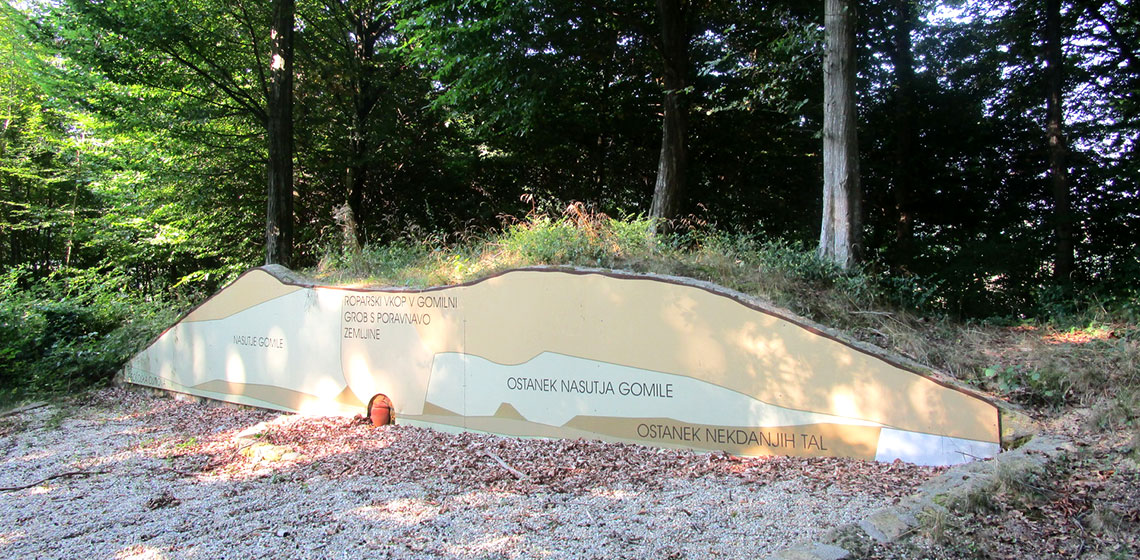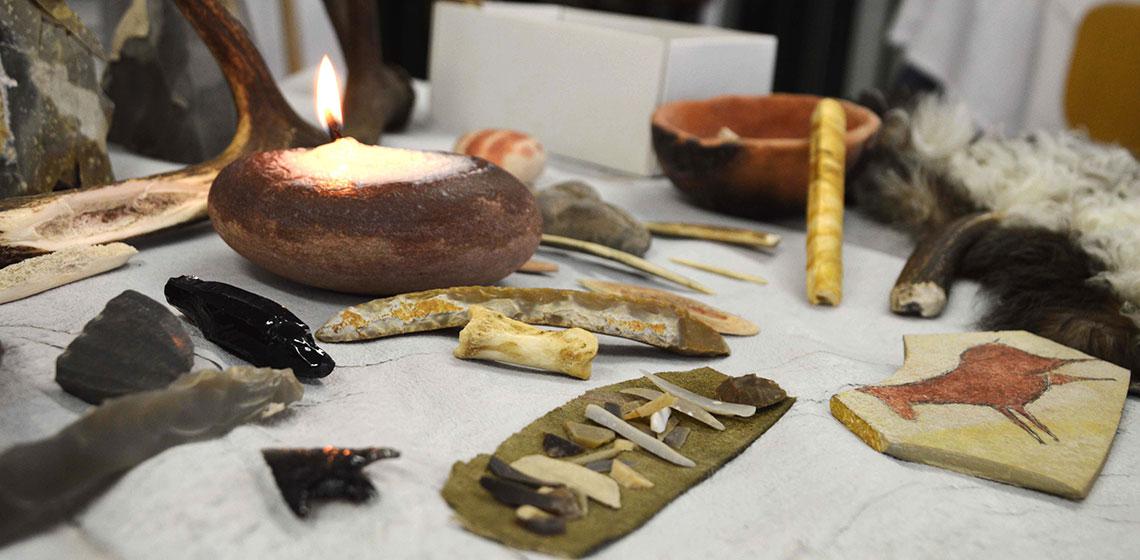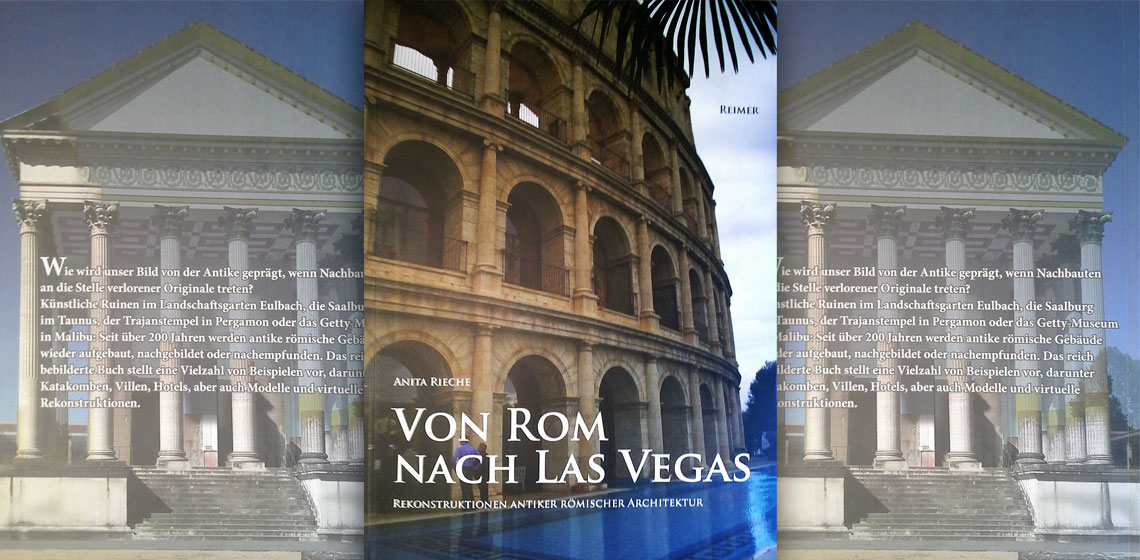Museo de la Mineria del Pais Vasco (ES)
Mining Museum of the Basque Country - Archaeological survey along all the Basque Country to locate “ferrerias de monte”. Selected archaeological digs. Reconstruction of a medieval iron workshop due to realize public demonstrations for experimental archaeometallurgy congresses, schools and general public.
Mining Museum of the Basque Country - Archaeological survey along all the Basque Country to locate “ferrerias de monte”. Selected archaeological digs. Reconstruction of a medieval iron workshop due to realize public demonstrations for experimental archaeometallurgy congresses, schools and general public...









